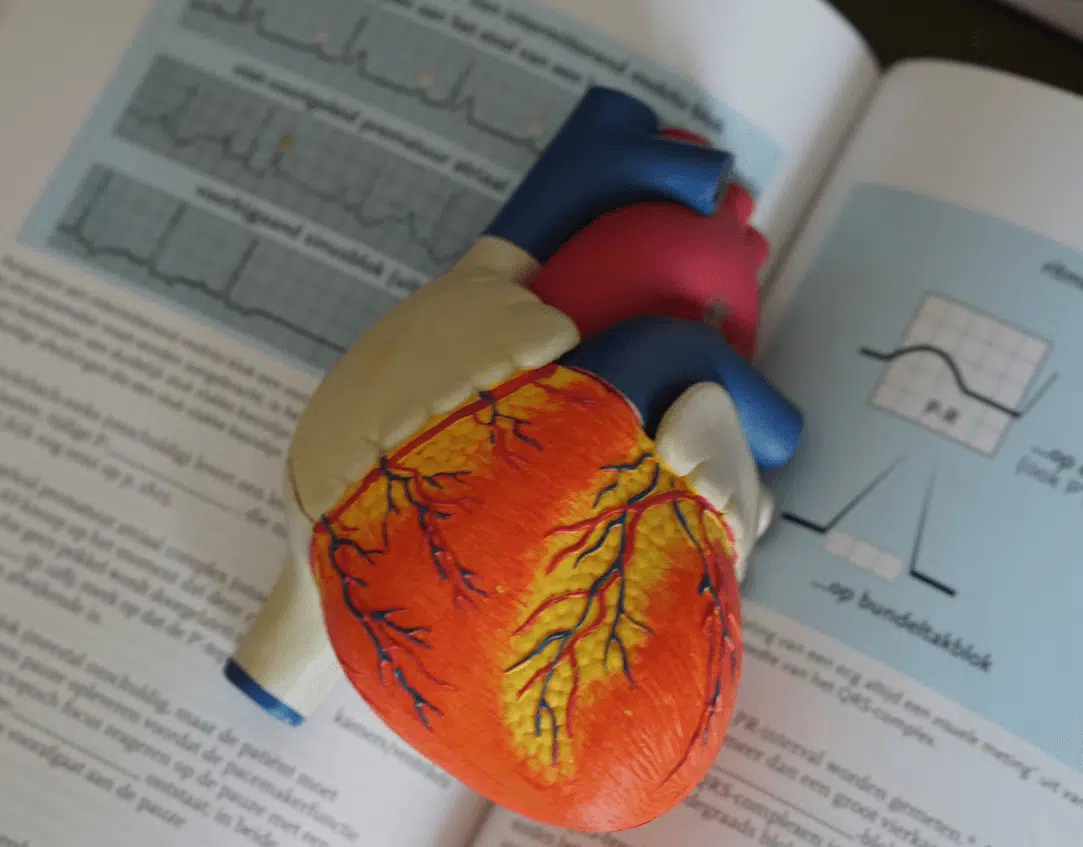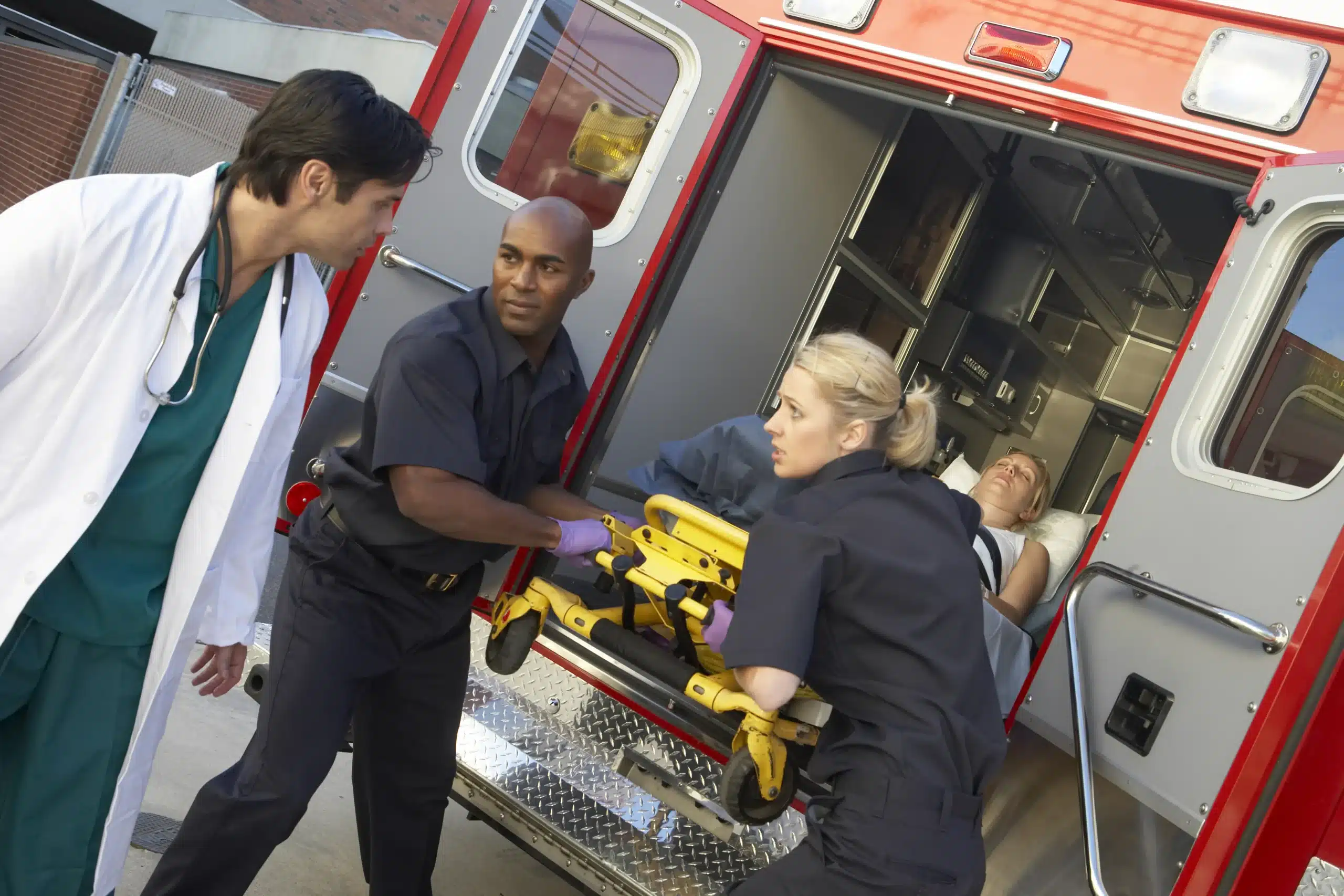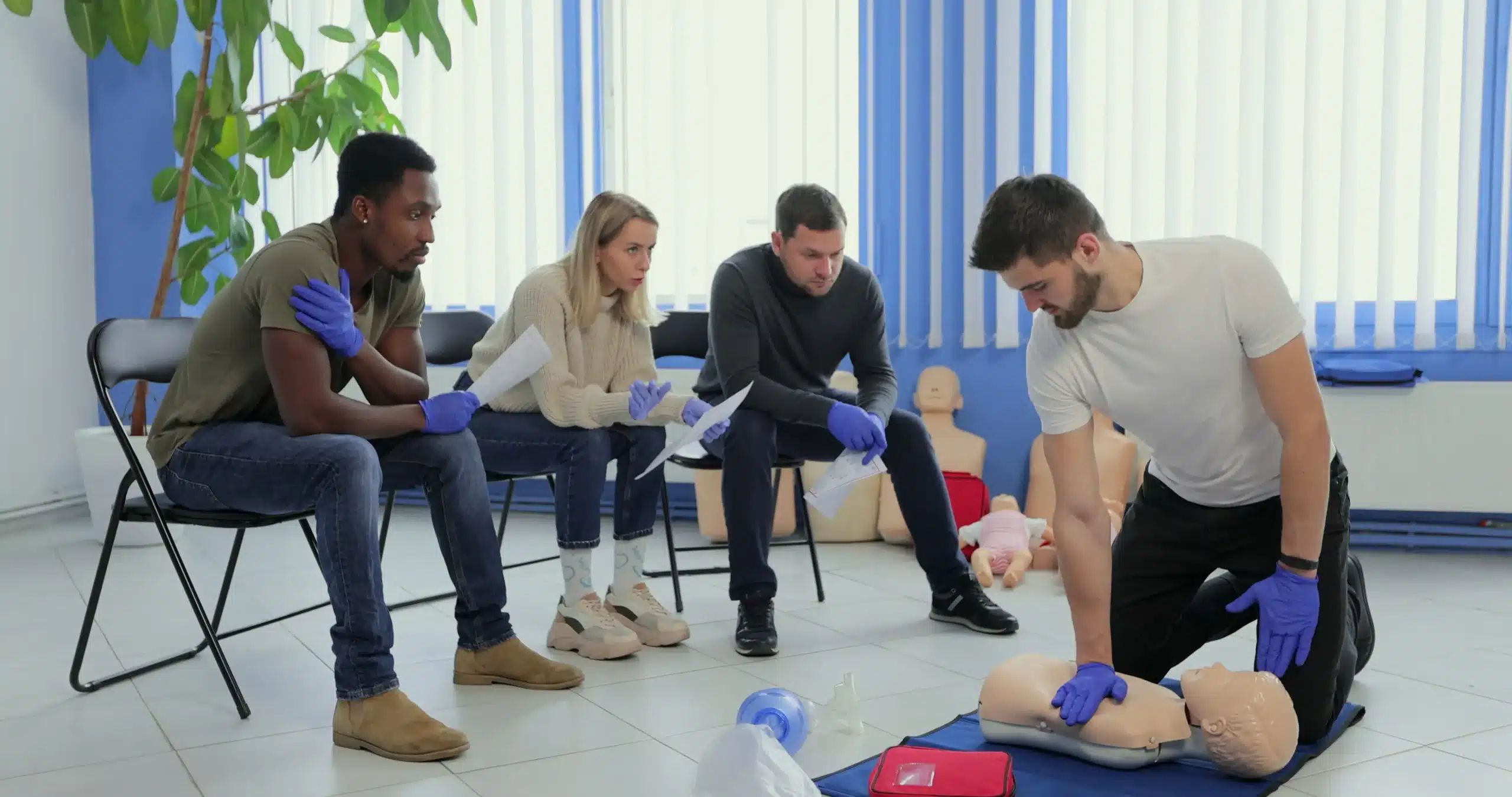Emergencies are rare but real. The moment when a colleague collapses or sustains an injury can be life-altering. This is where the importance of workplace CPR (Cardiopulmonary Resuscitation) and first-aid training becomes clear. This blog will explore the reasons why these skills are crucial, how they benefit organizations, and how you can implement them effectively in your office.
Understanding CPR & First-Aid Training
What is CPR and First-Aid?
CPR involves chest compressions and rescue breathing to support circulation and breathing in someone who has experienced cardiac arrest. First-aid, on the other hand, refers to the immediate care given to an injured or ill person until professional medical help arrives. Both are vital skills that can prevent fatalities and minimize injuries.
The Basics of CPR
CPR is a life-saving technique that combines chest compressions with artificial ventilation. Its goal is to maintain brain function until further measures can restore spontaneous blood circulation and breathing in a person experiencing cardiac arrest. Quick action can double or even triple survival chances.
The Essentials of First-Aid
First-aid covers a range of medical interventions for minor injuries and conditions. It involves cleaning cuts, treating burns, and managing sprains. Prompt and correct first-aid can prevent a condition from worsening, offering hope and comfort to the injured party.
Benefits of CPR & First-Aid Training in the Workplace
Immediate Response
Training employees to respond swiftly to emergencies means help is available when needed most. Minutes count during medical emergencies, and trained staff can make a significant difference.
Improves Safety Culture
Regular training sessions foster a safety-first mindset among employees. This culture can reduce workplace accidents, as people become more conscious of their surroundings and potential hazards.
Boosts Employee Confidence
Knowing how to act during an emergency situation increases an employee’s confidence. They feel empowered knowing they have the skills to assist colleagues in crisis.
Legal and Ethical Implications
Regulatory Requirements
Many regions mandate workplace safety measures, including first-aid and CPR training. Complying with these regulations helps avoid legal repercussions and enhances workplace safety standards.
Employer’s Duty of Care
Employers have an ethical obligation to ensure a safe working environment. Offering CPR and first-aid training fulfills this duty by equipping employees with life-saving skills.
Corporate Reputation
A company committed to employee safety builds trust and a positive reputation. Stakeholders view such organizations as responsible and caring, which can be a significant competitive advantage.
How to Implement CPR & First-Aid Training
Partner with Certified Organizations
Seek partnerships with reputable organizations for training. The American Red Cross and the American Heart Association offer certified courses that are widely recognized.
Regular Training Sessions
Schedule regular training updates to keep skills sharp. Employees should refresh their knowledge at least every two years to stay prepared.
Accessible Training Materials
Provide easy access to training materials and resources. Distribute guides and create online repositories where employees can review procedures at their convenience.
Overcoming Common Challenges
Employee Reluctance
Some employees may feel overwhelmed by learning CPR and first-aid. Address this by emphasizing that initial mistakes are okay and that practice improves confidence over time.
Logistical Barriers
Scheduling training can be challenging, especially for large teams. Consider online modules and small group sessions to maximize participation and minimize disruptions.
Resource Limitations
Budget constraints may limit access to professional training. Look for community programs or grants that subsidize costs, ensuring everyone receives essential training.
Future Trends in Workplace Safety
Virtual Reality Training
Advancements in technology allow virtual reality (VR) to enhance training experiences. VR simulates emergency scenarios, providing realistic practice without real-world risks.
Mobile Apps for Refresher Courses
Mobile applications offer employees a convenient way to refresh their knowledge. Apps provide step-by-step guides and video tutorials, reinforcing skills learned during formal training.
AI and Machine Learning in Safety Protocols
Emerging AI and machine-learning technologies can predict and mitigate workplace hazards. These tools analyze data patterns to improve safety and refine training programs.
Conclusion
CPR and first-aid training is more than a requirement; it’s a commitment to safety and well-being. By investing in these programs, you protect your most valuable assets—your employees. Equip your team with the skills to respond effectively to emergencies, creating a safer, more supportive workplace. Don’t wait for an emergency to take action—prioritize training today.






